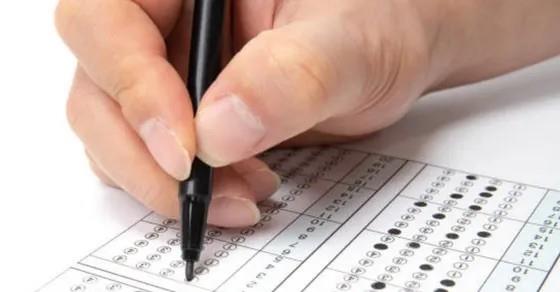China’s Shenzhou-21 spacecraft, carrying a crew that includes the nation’s youngest astronaut, successfully lifted off on Friday aboard a Long March-2F rocket from the Jiuquan Satellite Launch Centre in northwest China, according to state media.
This marks the seventh mission to China’s permanently inhabited space station, Tiangong — or “Heavenly Palace” — since its completion in 2022.
The six-month Shenzhou missions typically include three astronauts, with a growing number of younger spacefarers joining the ranks. Among the latest crew are first-time astronauts Zhang Hongzhang, 39, and Wu Fei, 32, the youngest Chinese astronaut ever sent to space. The mission is commanded by Zhang Lu, 48, a veteran of the 2022 Shenzhou-15 mission.
First Small Mammals on Tiangong
The Shenzhou-21 team will relieve the Shenzhou-20 crew, who have spent more than six months aboard the orbiting station and are set to return to Earth in the coming days.
Joining the astronauts are four black mice — the first small mammals to inhabit the Chinese space station. They will be part of pioneering experiments studying reproduction in microgravity.
China’s Shenzhou programme now conducts biannual missions, showcasing remarkable progress. Over the past year, the programme has introduced astronauts born in the 1990s, achieved a record-breaking spacewalk, and announced plans to train and send Pakistan’s first astronaut to Tiangong next year.
These rapid developments have drawn concern in Washington, where the U.S. is accelerating efforts to return astronauts to the Moon before China does. Both nations are also advancing competing lunar exploration frameworks — the U.S.-led Artemis Accords and the International Lunar Research Station, spearheaded by China and Russia.













